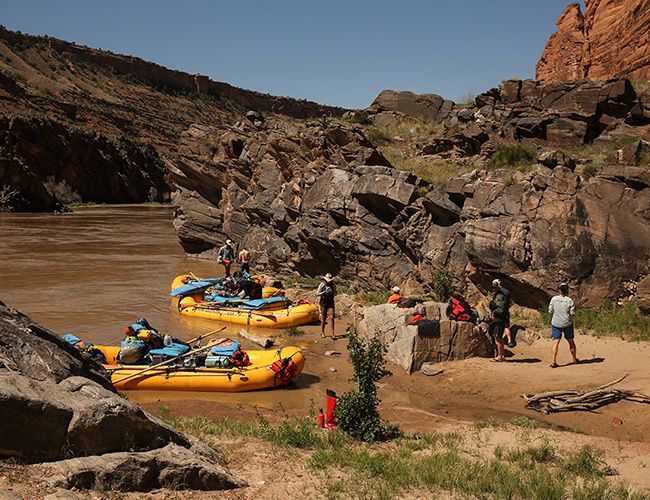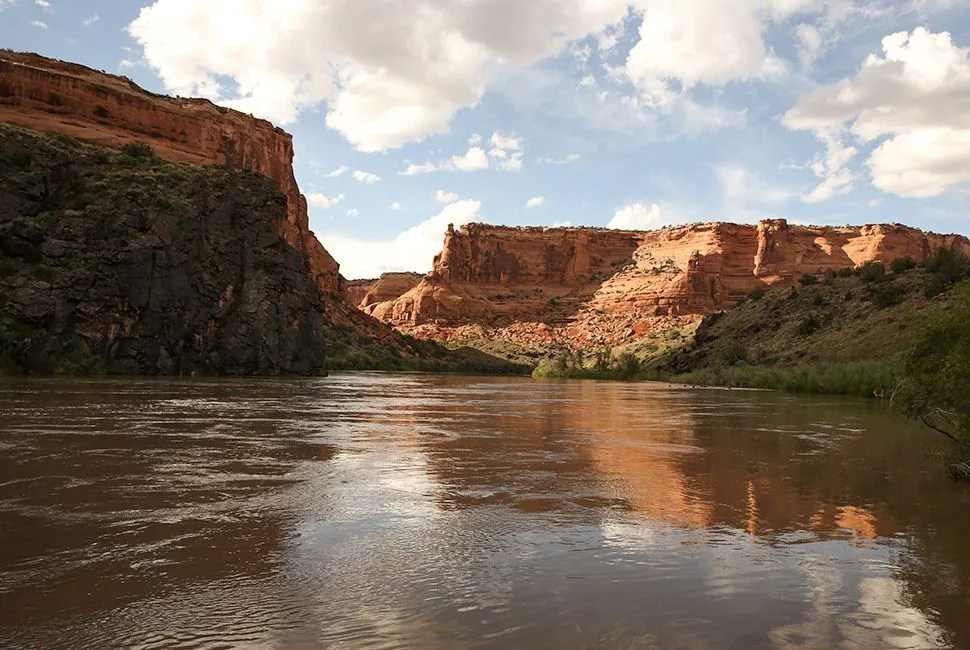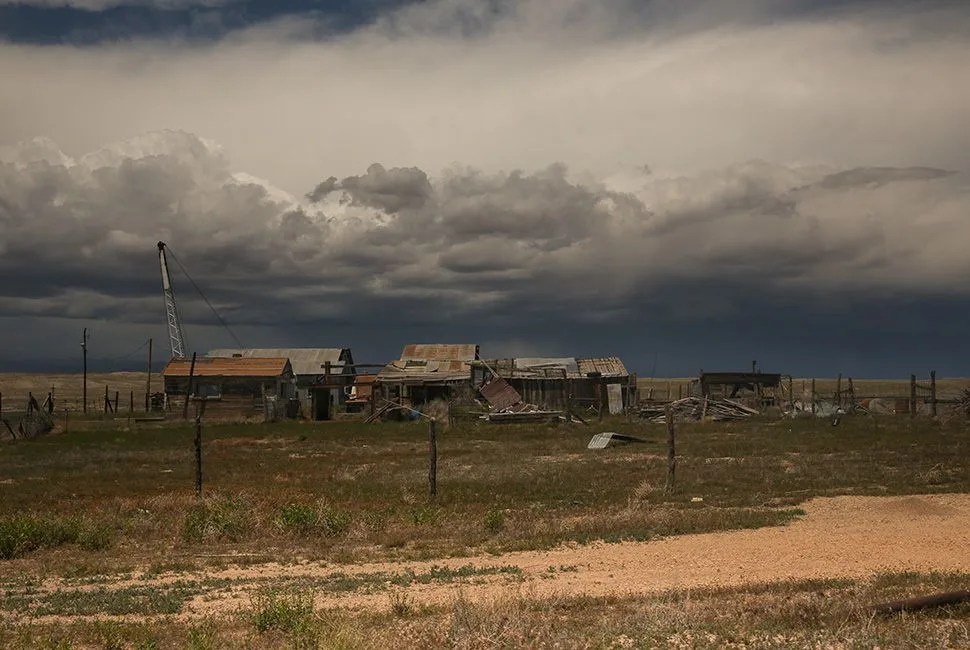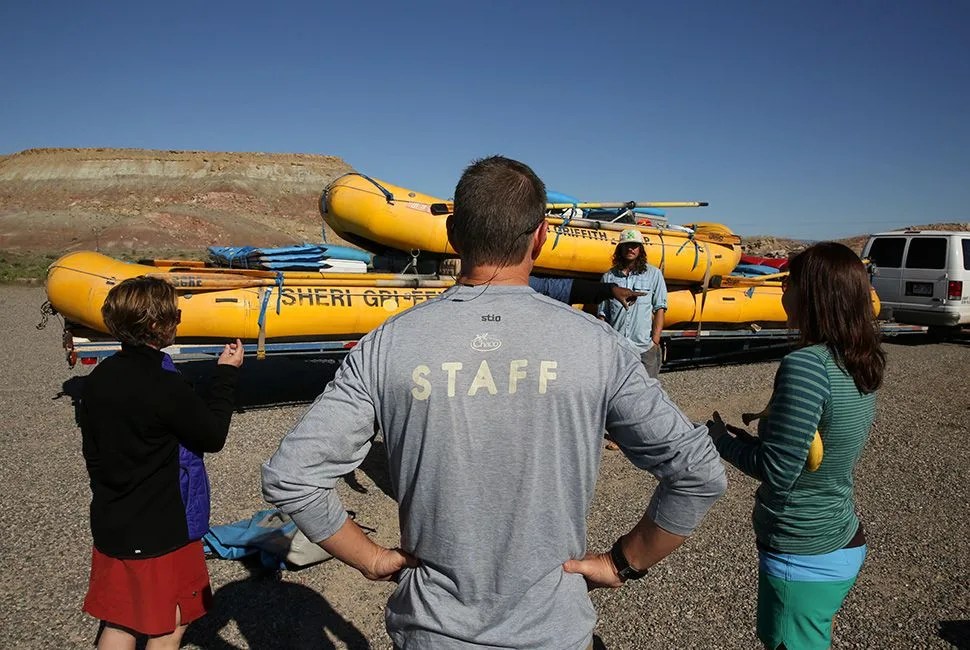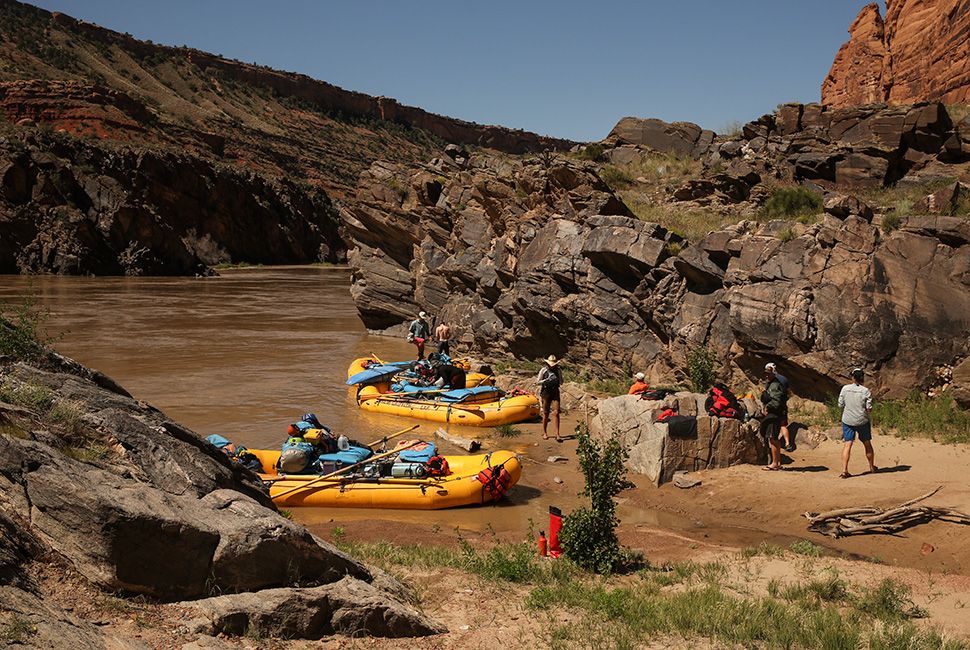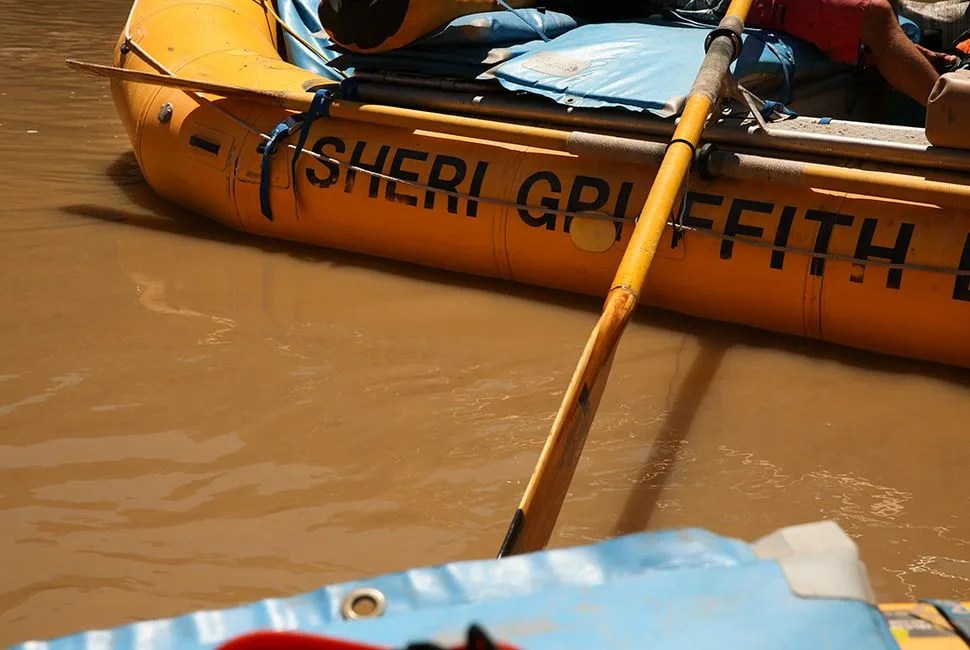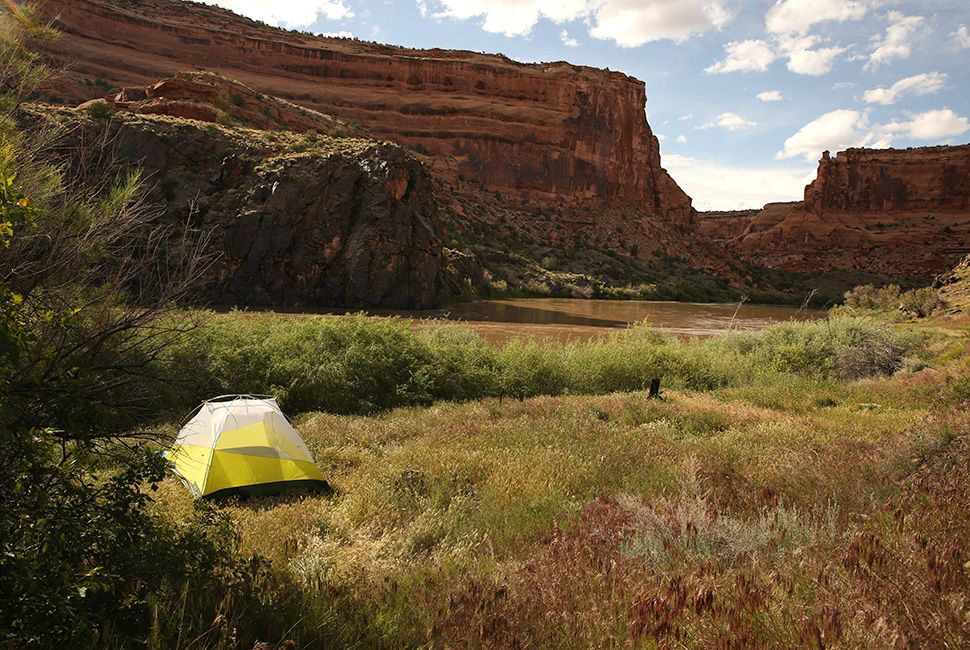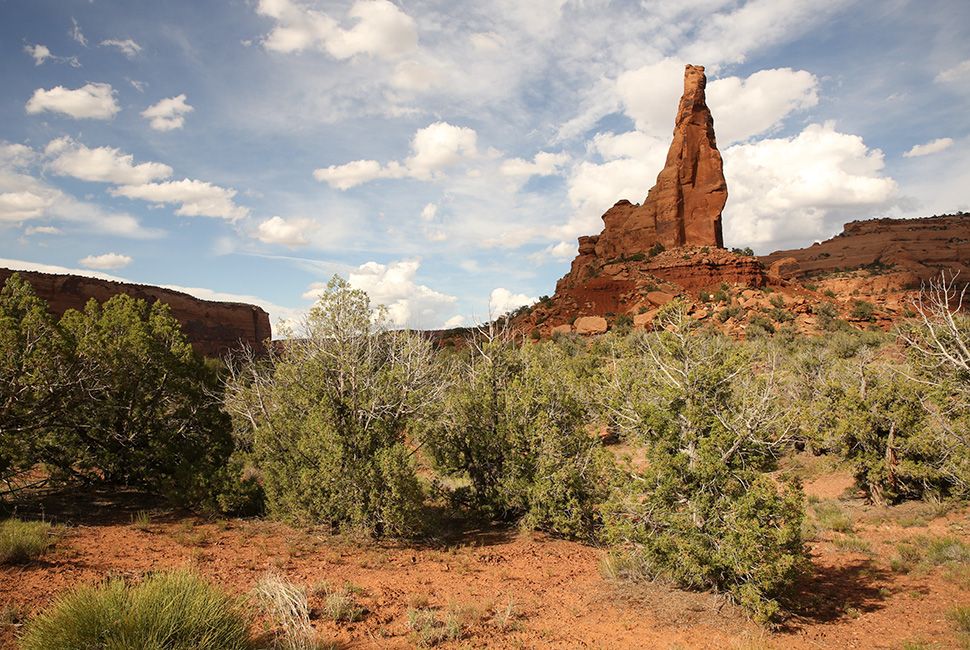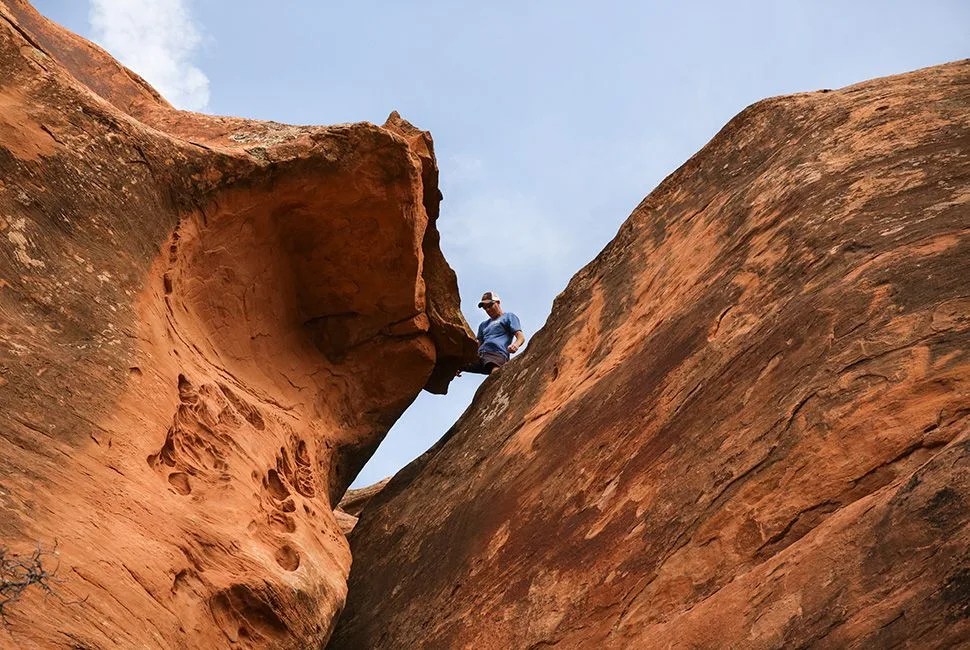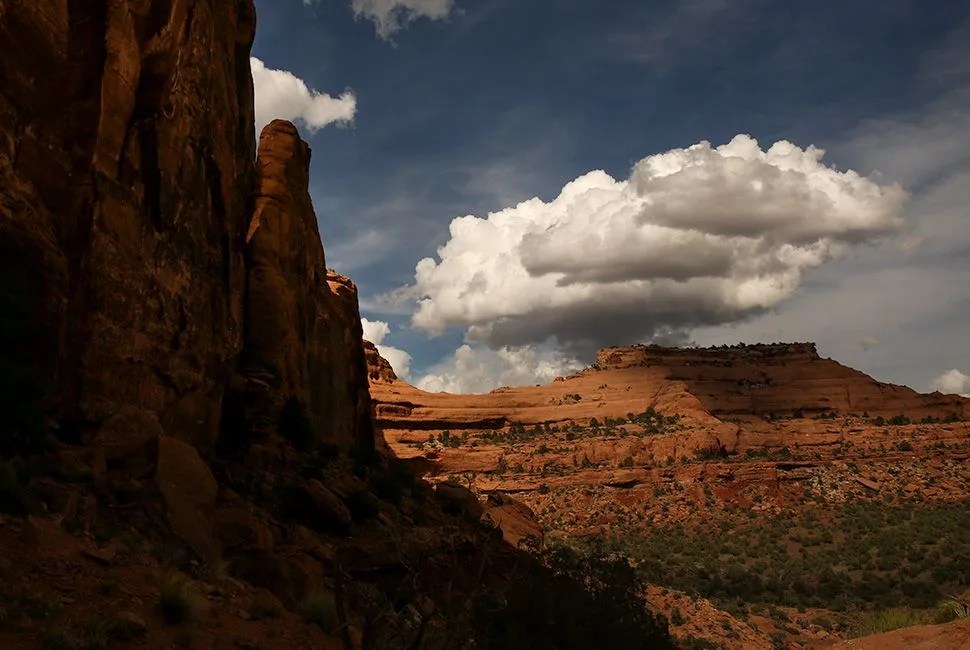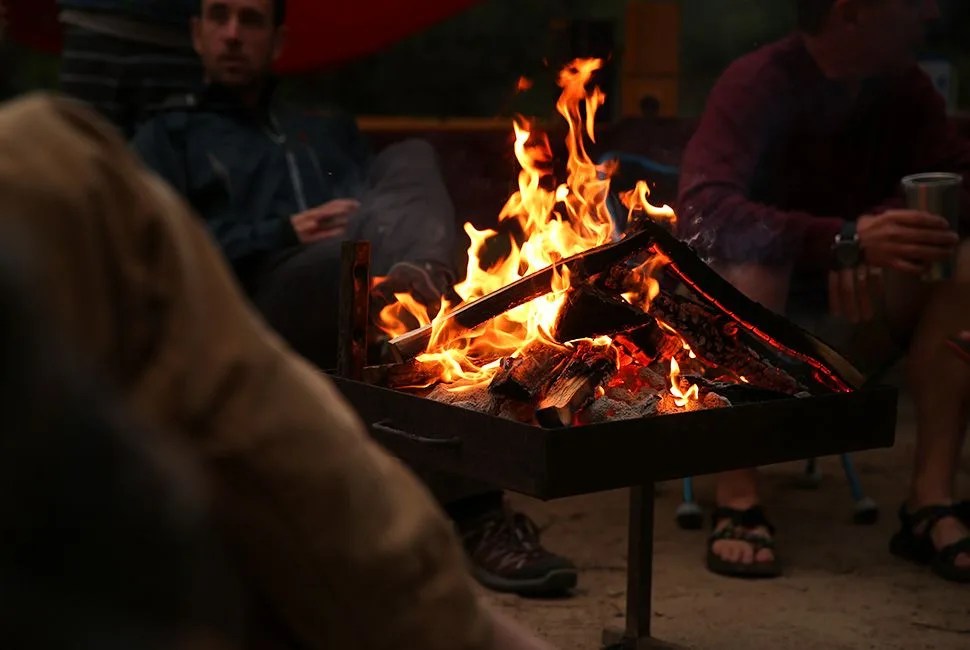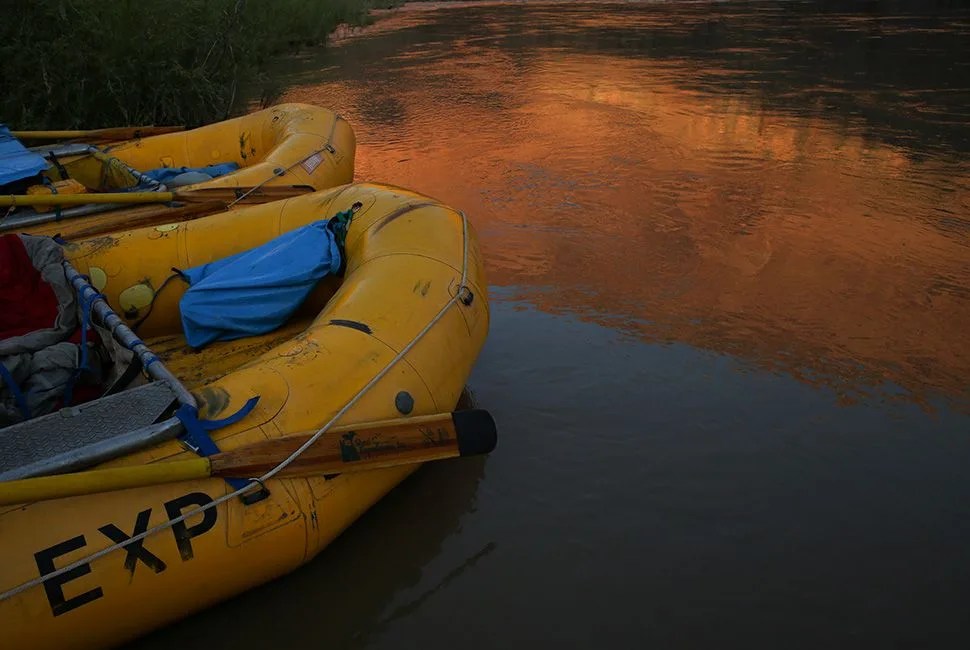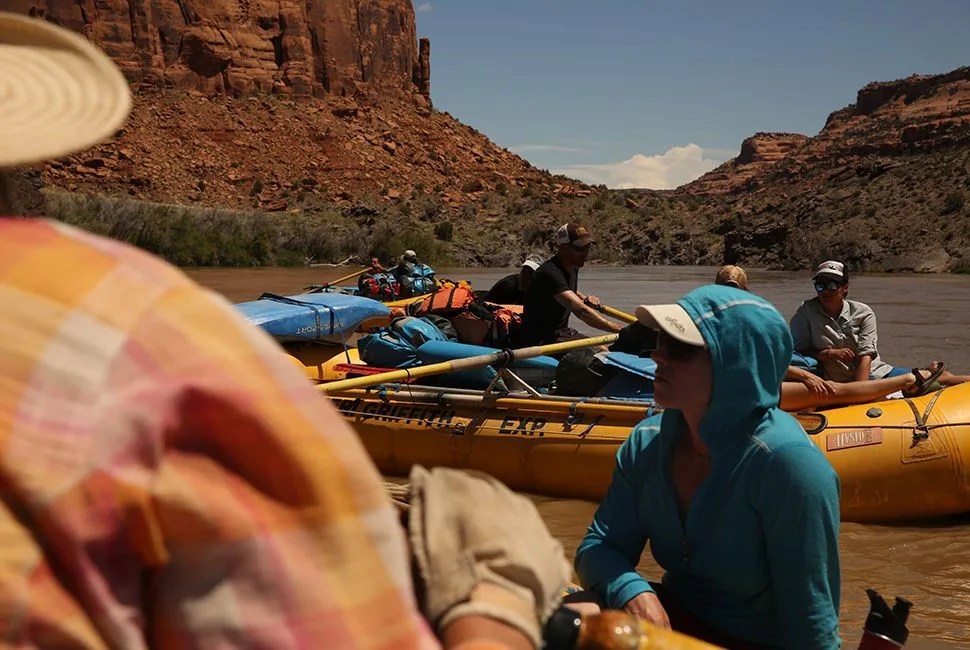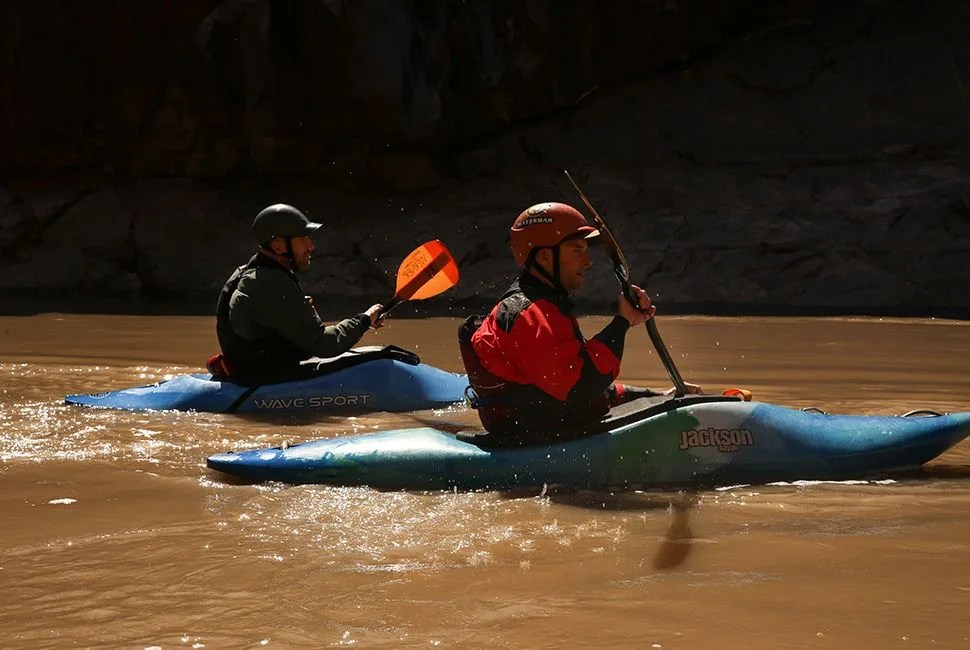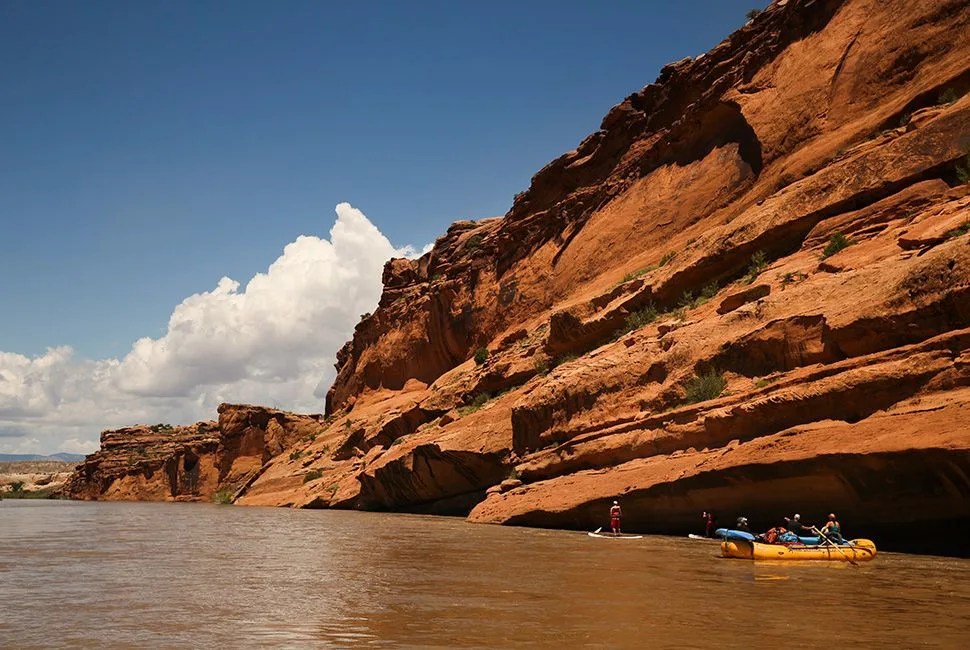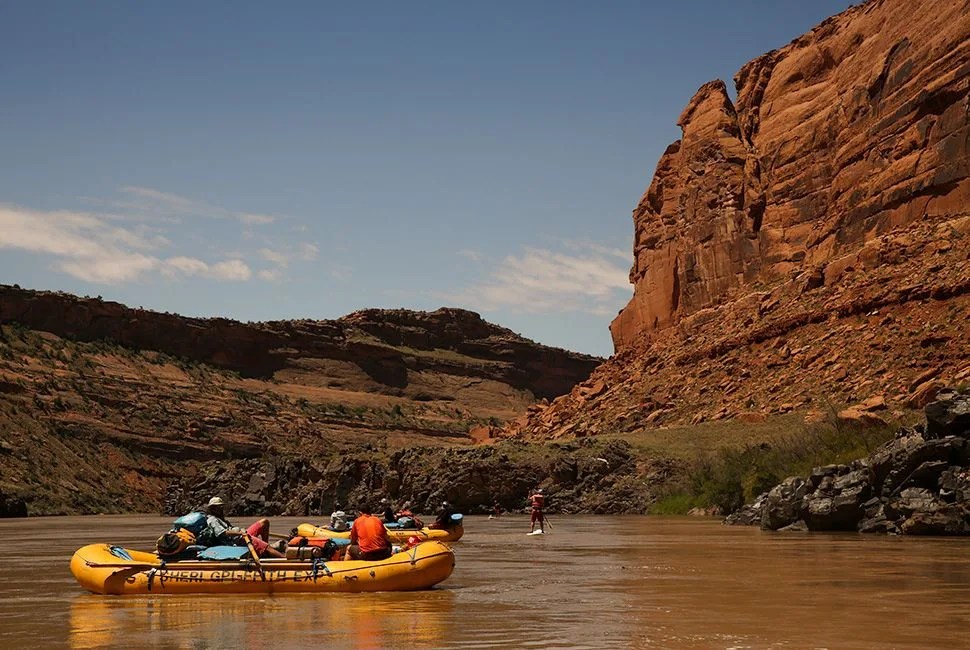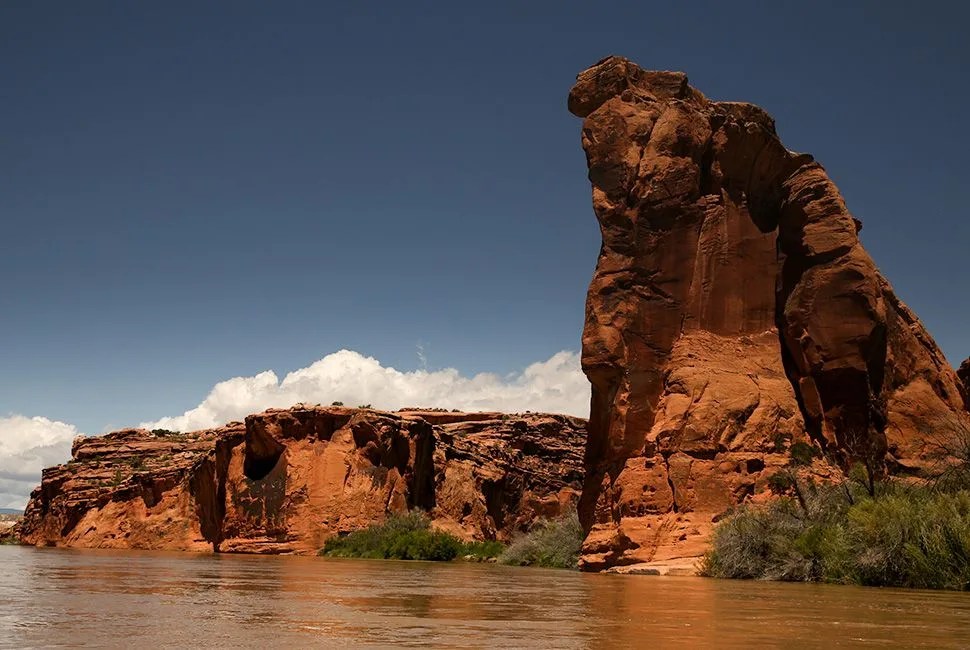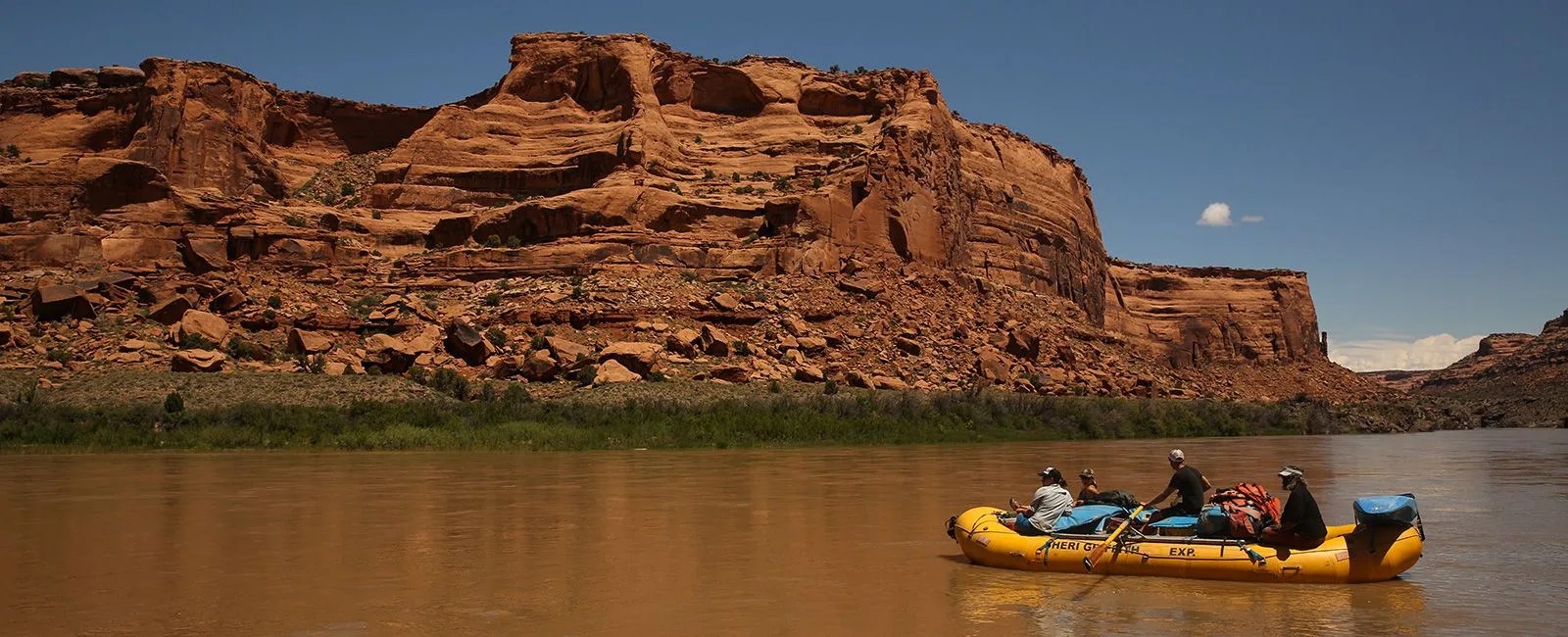17 photos
Cisco, Utah is a ghost town. A city created at the peak of our country’s locomotive ingenuity, it was deserted in favor of economic opportunity elsewhere. What remains is a deteriorated history of what was — houses and vehicles left to disintegrate from years of exposure from the state’s brutal seasons. And yet, Cisco holds a gem: an access point to one of the most expansive natural structures in the country, the Westwater Canyon of the Colorado River.
We pull into the parking lot of Cisco’s drop-in point and pile out of the cars, equipment carefully stuffed and sunscreen generously lathered. It’s not yet 10 and the sun has already made its presence felt.
José greets us, a man boasting a healthy gray beard, sun-baked skin, and a belly that implies Buddha-like wisdom. He walks undeterred towards the group and his deep, welcoming voice spurs a retraction from the packs in our hands. He is our guide down the Colorado and he has our attention. Dry bags are dispersed and quickly filled with sleeping bags, tents, chairs and all the amenities we think we’ll need for two days along the river. Phones are left; there are no bars where we are headed.
Wednesday’s trip is an easy one, a five-mile crawl along a slow portion of Westwater. Accompanying José as guides on our trip are Tabs (short for Tabitha) and Jarvis. Dressed in their river-guide garb (shorts, shirt, hat and Chaco sandals), they’re friendly and anxious to get on the water. The rafts are carefully packed with our gear, and we pile in.
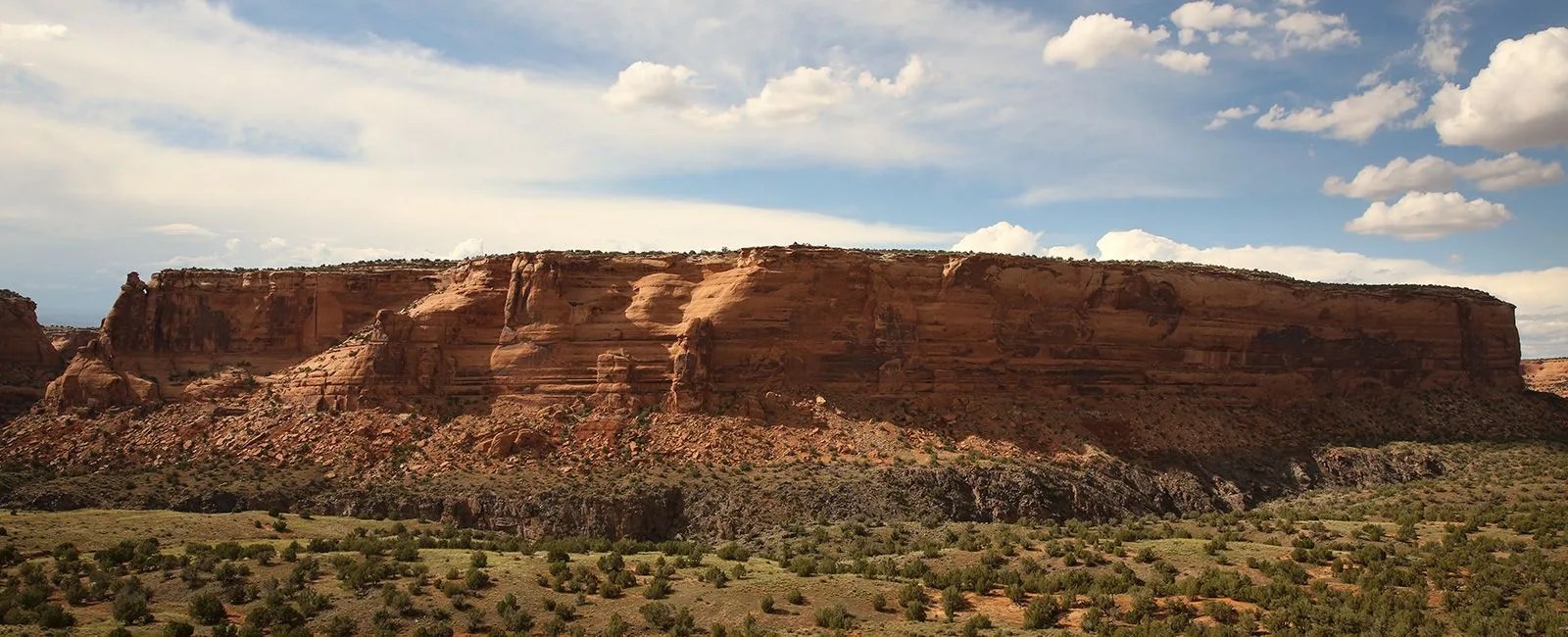
Westwater is a beloved portion of the Colorado River. It’s home to world-class rapids, the walls mimic the red and orange hues of Canyonlands and the views offers glimpses at earth’s oldest rock, precambrian granite. It’s protected and cherished, despite being highly trafficked during the summer months.
